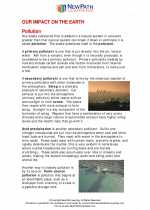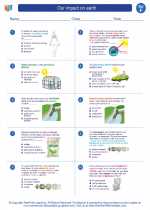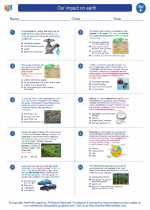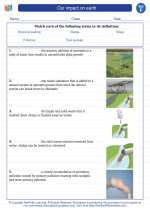Tundra: Explained and Studied
What is Tundra?
The tundra is a type of biome characterized by extremely cold temperatures, low biodiversity, and a layer of permanently frozen subsoil called permafrost. It is found in the Arctic and Antarctic regions, as well as at high elevations on mountains.
Climate and Weather
The tundra has a cold and dry climate, with temperatures averaging below freezing for much of the year. Precipitation is low, mainly in the form of snow. The short growing season and long, harsh winters are key features of the tundra climate.
Plants and Vegetation
Due to the extreme conditions, tundra vegetation is adapted to survive in cold temperatures and nutrient-poor soils. Plants such as mosses, lichens, grasses, and low shrubs are common. These plants are typically low-growing to protect themselves from the cold and wind.
Animals
Many animals in the tundra have special adaptations for surviving the cold, such as thick fur or layers of fat for insulation. Iconic tundra animals include caribou, musk oxen, Arctic foxes, snowy owls, and polar bears. Migratory birds also visit the tundra during the brief summer months to breed and raise their young.
Human Impact
Human activities, such as oil and gas exploration, mining, and tourism, can have significant impacts on the tundra ecosystem. Climate change is also a major concern, as rising temperatures are causing the permafrost to thaw and threatening the delicate balance of the tundra biome.
Study Guide
- Explain the climate of the tundra and the key features of its weather patterns.
- Describe the types of plants and vegetation that are commonly found in the tundra biome.
- List and explain the adaptations that tundra animals have for surviving in their harsh environment.
- Discuss the potential impacts of human activities and climate change on the tundra ecosystem.
[Tundra] Related Worksheets and Study Guides:
.◂Science Worksheets and Study Guides Sixth Grade. Our impact on earth

 Worksheet/Answer key
Worksheet/Answer key
 Worksheet/Answer key
Worksheet/Answer key
 Worksheet/Answer key
Worksheet/Answer key
 Vocabulary/Answer key
Vocabulary/Answer key
